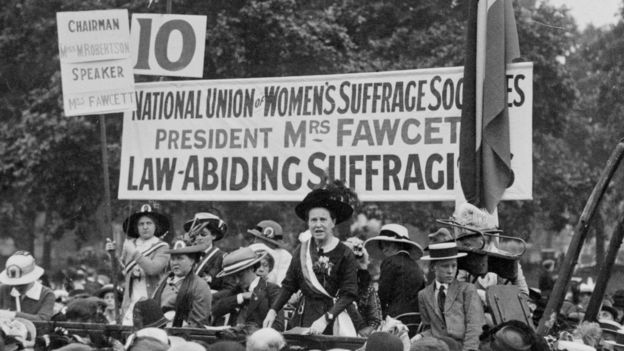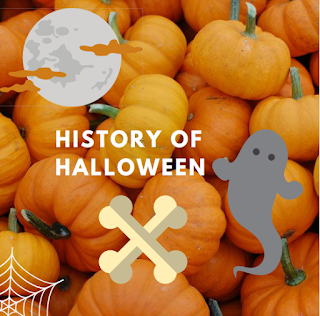British Democracy: Votes for All!
What is a democracy? A democracy is… “A system of government
by the whole population on all the eligible members of a state, typically
through elected representations.” So, in essence democracy is a government run
by the people, for the people.
In this blog post I intend to unravel the campaigners of
democracy in Britain, because democracy did not always come so easily and sometimes
led to violence and death. These campaigners
led to the ability that everyone could have their say and vote in what goes on
in their country, democracy means you can vote no matter your gender, religion,
or race.
In Britain some notable campaigns for votes were the
Chartists, the Suffragists, and the Suffragettes.
The Chartists were a working-class group of protestors who
came about in 1836 and gained a high profile from 1838 – 1848, they aimed to
gain political rights and more political recognition for the working classes. Chartists
produced the People’s Charter demanding the government to provide further reform,
specifically these six demands: Votes for all men, reorganised constituencies (to
put voting areas for MPs into the hands of the many rather than the few.),
abolition of the land qualification for MPs, payment for MPs (so that more classes
could influence politics), yearly general elections and the secret ballot. Many
of these demands were eventually met (Secret Ballot, payment for MPs and no
land qualifications, universal suffrage for men as well as reorganised constituencies).
However, the Chartists did become ridiculed because at the time the People’s
Charter and public protests did not change the government’s ideals and instead
the government ignored them, and no retaliation occurred on a violent scale as the
Chartists were peaceful protestors. Rude?
 Campaigning for women’s rights was typically seen as wrong,
even by women themselves before actually reform was provided. In 1906 Queen Victoria
described campaigns for women’s suffrage “a mad, wicked folly.” In 1870.
Campaigning for women’s rights was typically seen as wrong,
even by women themselves before actually reform was provided. In 1906 Queen Victoria
described campaigns for women’s suffrage “a mad, wicked folly.” In 1870.
The suffragists and suffragettes came about at relatively the
same time. The suffragists were formed in 1897 and the suffragists technically
stood for the National Union of Women’s Suffrage Societies and were nicknamed the
suffragists by newspapers. The suffragists were peaceful protestors who went
about spreading leaflets, pamphlets, and petitioned bills in favour of female
suffrage. The suffragists proved to many men across Britain of how women could run
a campaign effectively and momentum. Unbelievably some men actually feared
giving women the vote, the suffragists helped lessen this fear. However, the
suffragists never gained such publicity as the suffragettes and so it is hard
to determine their impact on the British public and government.
The Suffragettes actually broke away from the Suffragists in
1903 as they believed the suffragists weren’t getting anywhere with peaceful methods
and thus created a militant campaign. “The argument of the broken window pane is
the most valuable argument in modern politics.”- Emmeline Pankhurst (Founder
of the Suffragettes) The suffragettes smashed windows,
heckled MPs, tied themselves to railings and when caught a lot by the police many
suffragettes went on hunger strikes and were force fed food to avoid political
scandal of a suffragette death in prison. In my opinion the suffragettes were
more determined to gain the women’s vote as in 1913 Emily Davidson stepped in front
of the King’s Horse at the Epsom Derby to try and attach a suffragette scarf
onto the horse for a publicity stunt and to make it look as if the King were in
favour of votes for women.
However, neither the suffragists or suffragettes achieved
the vote before the outbreak of the First World War and as a result both
campaigns helped with the war effort for the duration of the war either by
encouraging others to take over jobs in munitions factories or in the public
sectors. In 1918 the Representation of the People Act gave the vote to women
over 30 who land. However, it was not until 1928 when women received the same
voting rights as men – to vote at 21.
In Conclusion, without all these groups the people’s voice
would have been heard at the time and therefore there would be little change in
government practices. In this post I have looked at both peaceful and militant
campaigns to show the impact it had on society at the time. Today many people
including I look up to these people for their bravery and determination to influence
votes for everyone in Britain. I hope you learned something new today about
some British vote campaigners, let me know on twitter @ElectricallyE if you’d
like to see another democracy blog post!
Thanks!
Thanks!





Comments
Post a Comment